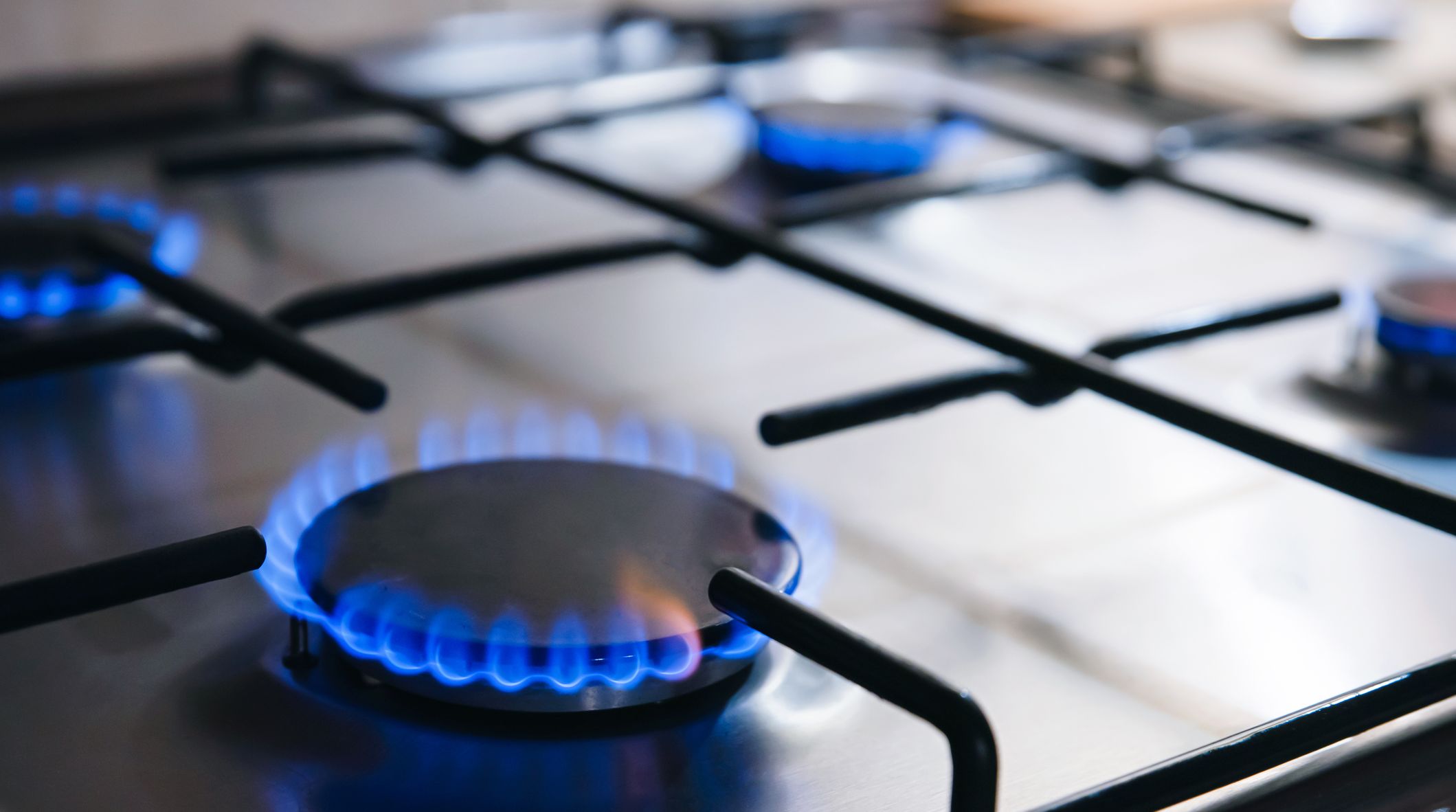How I saved more than $1500 last month (without cutting coffee)

I’m a big fan of saving and make no secret of the fact that I am a thrifty individual, looking for a deal any chance I get.
Nothing makes me cringe more than the idea of paying retail prices, even for those set-and-forget costs we often assume are fixed, like energy or insurance.
The way I see it, any money saved stays in my offset account, reducing the interest I pay on my home loan. Tiny savings here and there may not seem like much, but they do add up over time and have a massive effect in the long term.
I’ve worked out that three things I did in the past month will save me more than $1500 a year.
Before you ask, these don’t include drinking less coffee, and if anything, my coffee consumption has actually increased.
1. Haggled with my energy retailer without even picking up the phone
Like many Australians, I received an email from my energy company informing me my gas prices were “changing”, which is energy retailer speak for increasing.
Crunching the numbers and assuming my gas usage would remain the same for the next year, I found my annual bill would increase by 7 per cent.
I appreciate that wholesale gas prices may have increased, but that doesn’t dull the pain of an increase, especially considering neither wage growth nor inflation has kept pace with my runaway gas bill.
While ours is a low-usage household, I could only imagine the effect a 7 per cent increase would have on bigger families with household budgets stretched to the limit.

It’s actually pretty simple to get a better deal on your energy. My go-to strategy is to jump on the retailer’s website and use the online chat feature to politely express my distaste at the increase. Polite being the keyword, abuse won’t get you very far.
The agent proposed a new plan structure that would make my gas bill 11 per cent lower than the increased rates, with the added bonus of a 5 per cent saving on my electricity bill. I’d not only reversed the increase but will actually pay less over the next year.
It’s worth noting that I had to work out the savings myself, which many people will find off-putting given the complexity of energy pricing. But for our two-person household, that hour of effort saved us $114 per year.
If you don’t get very far talking to the retailer, you’ll need to shop around to avoid paying the “lazy tax”. Knowing what other companies offer will also improve your bargaining power when dealing with your current retailer.
Low energy users, such as apartment residents, should pay particular attention to supply costs, as these will make up a larger proportion of the bill. High energy households should make sure their usage costs are as low as possible. And remember, a pay-on-time discount is actually just a late-payment fee in disguise.
Don’t forget, you don’t actually have to switch to get a better deal. Attempting to leave will often force your retailer into their “fallback position”, where they’ll offer you a better rate to retain you as a customer.
2. Used eBay and YouTube to fix my dishwasher
For the fourth time in five years, my dishwasher broke. This time, it was a repeat of a previous problem – a broken handle lever making the door almost impossible to open.
A quick call to the manufacturer revealed the warranty had expired and it would cost about $180 to repair.
The thought of spending $180 on such a tiny piece of plastic had me contemplating whether I really needed the luxury of a machine that magically washes my dishes.
And considering how lucrative the dishwasher repair game seemed to be, that cost had me pondering a career change.
To be honest, that’s not too far from what actually happened.

Typing the dishwasher model number into eBay revealed a genuine handle lever could be purchased for $12. YouTube guides showed that the simple mechanical part could be replaced in about five minutes using just a Torx screwdriver, which I already had in the cupboard at home.
All I had to do was loosen a few screws, pull the broken part out, pop in the new one and replace the screws. No fiddling with wires or plumbing necessary was necessary, and the simple video instructions meant anyone who’s assembled an IKEA chair could do it.
Anticipating I’d face the same problem again next year, I actually bought two handle levers to save on postage, making my total spend $35, or $17.50 per handle.
That’s less than a tenth of the price quoted by the manufacturer, or a saving of $162.50. Plus, I learned a new skill.
3. Nipped a $1825 a year habit in the bud
(Okay, while this one technically does involve cutting coffee, it’s more of a substitute than a cut.)
Our household recently welcomed a four-legged friend into the mix. While I anticipated and budgeted for all the associated cost of pet ownership, I didn’t expect the pup to demand a pre-dawn tour of the neighbourhood every morning.
In an attempt to keep up with the energetic doggo, my coffee consumption has doubled. At $5 a pop, that extra coffee was going to cost me $1825 a year, money I’d prefer in my bank account than my barista’s.
After working out that fuelling my morning walk would cost more than double little guy’s annual food bill, I immediately switched to the DIY option. And no, I’m not talking about pods or instant, I’ve gone straight for the fancy stuff.

I’ve invested in a $40 pour-over coffee kit, which works out to be about 11c per day when offset over the entire year. Beans and filters cost about $1.45 per day, which slashes the price of my morning coffee from $5 to $1.56, or about $570 per year.
Making my own coffee keeps $1255 in my pocket each year, and when combined with my energy and dishwasher efforts, I’m looking at $1531.50 that stays in my offset account. This saving has the added effect of reducing my home loan repayments by about $60 per year.
We recommend
States
Capital Cities
Capital Cities - Rentals
Popular Areas
Allhomes
More










